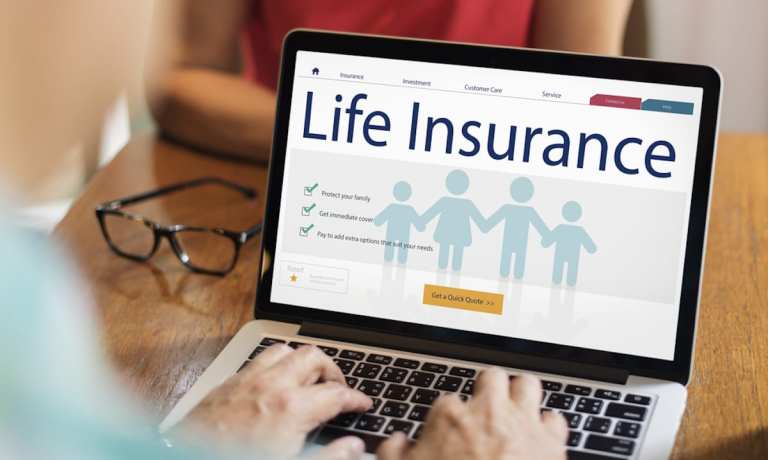
Those on the market for insurance products today tend to be younger, and not married to traditional notions of where to buy coverage — or even what coverage is. This vast opportunity is appealing to an assortment of players, few more so than banks and financial institutions (FIs).
This excerpt from the Life Insurance Engagement Report: Consumers, FIs and the Life Insurance Digital Path to Purchase, a PYMNTS and Franklin Madison collaboration, reflects survey responses from over 2,300 consumers on life insurance purchasing, discovering that “those who report not having life insurance, including baby boomers and older seniors (38 percent), Generation Z (40 percent) and Generation X (36 percent), represent significantly under-tapped audiences for insurers.” The report finds that better communication is one cure to the issue.
Researchers found that Gen Z is showing lively interest in insurance products. The Life Insurance Engagement Report notes that this may be due to “the overwhelming majority of Gen Z consumers (73 percent) facing student loan debt with an average repayment period of 20 years. About 8 percent of these loans are privately held and not dischargeable upon the borrower’s death. That means the borrower’s estate or their loved ones would have to pay the balance of their loans — a significant motivation for purchasing a life insurance policy.”
The logic of young demographics insuring is solid, as they consider debt while having children and buying homes and cars. Accordingly, they want to shop for coverage on their terms.
Calling Gen Z “the most motivated to learn about insurance options of all generations given that they are facing adulthood and under pressure from millions of dollars in private student loans that would pass to their loved ones upon their deaths,” the new Life Insurance Engagement Report found “Gen X and bridge millennials are the most motivated to care for their loved ones while Gen Z sees life insurance as part of an overall plan for financial security.”
The Life Insurance Engagement Report notes five key steps for effective insurance marketing to young buyers, including making more use of succinct product information; offering consumers frictionless digital payment options; working to dispel insurance myths with a robust FAQ section; including live help options on homepages for consumers with product questions; and making consumer-facing product pages simple and laser-focused on the purchasing process.